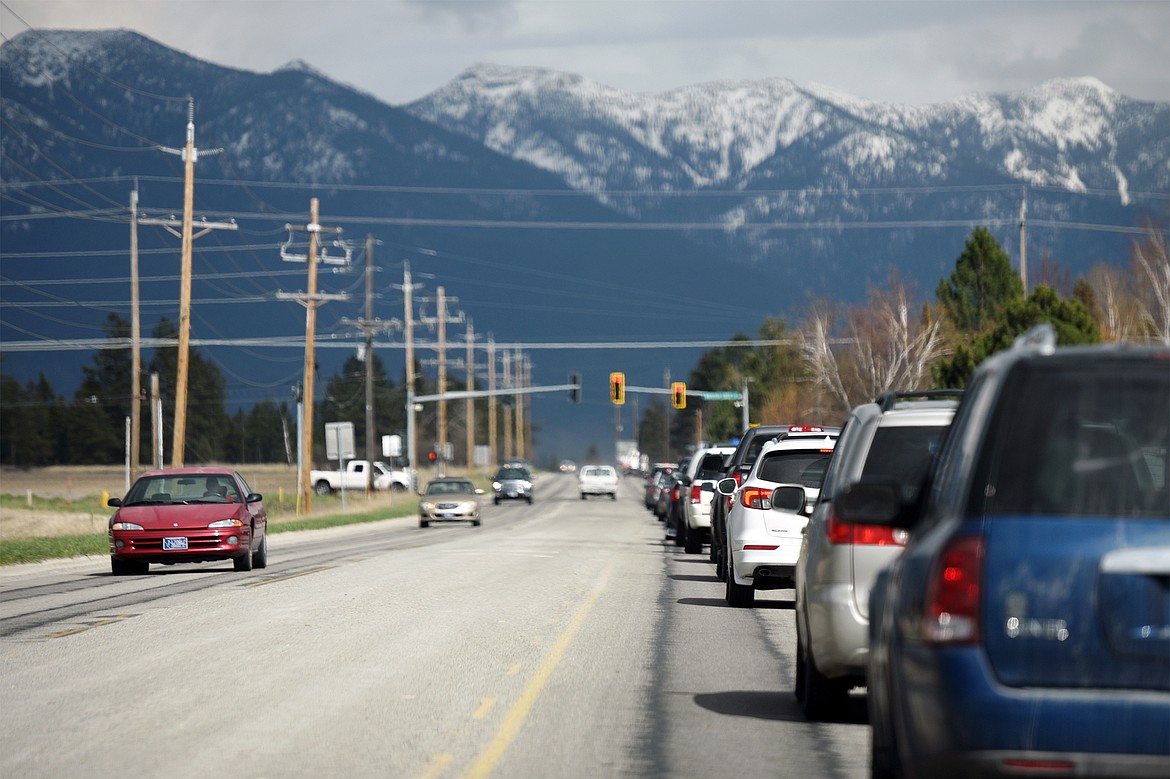Census: Flathead County grew 15% over past decade
HELENA (AP) — Census figures released Thursday provided a first look at how the population of Montana has changed over the past decade, and the information will be used to divide the state into two U.S. House districts for the first time in 30 years.
Montana's population grew nearly 10%, and the state now has more than 1,080,000 people. Following a national trend, towns and cities grew while most rural areas lost population.
Gallatin County led the state's growth, with a population increase of nearly 33%, blowing past Flathead and Missoula counties in the past decade to become the state's second-largest county. The county seat of Bozeman, home to Montana State University, has grown in popularity in recent years thanks to its proximity to outdoor recreation opportunities.
"If we had to identify what … has been driving people here, it might just be the national conversation," Gallatin County Commissioner Scott MacFarlane said. "Every time you open a magazine, we're in a top 10 list of best college town or best ski town, best place to invest your money, those kinds of things."
The populations of Flathead County and Missoula County — both known for their outdoor recreation access — rose by nearly 15% and nearly 8% respectively.
Yellowstone County — home to the state's largest city of Billings — remained Montana's largest county at over 164,000 residents. Gallatin and Missoula counties were close behind, at nearly 119,00 and 118,000 respectively. Flathead County came in fourth at around 104,000.
Carter County, a rural area in the southeast corner of the state, bucked the trend of rural decline with a population increase of 22% — second only to Gallatin's growth. The county went from 1,160 to 1,450 residents between 2010 and 2020.
Sabre Moore, director of the Carter County Museum, attributed the growth to young couples returning to the county to raise their families and be near parents and grandparents. She also said the area has good broadband internet access — an unusual feature in rural Montana — enabling some remote workers to move to the area during the pandemic.
The Census Bureau announced earlier this year that based on the most recent Census count, Montana will regain the second U.S. House seat thanks to the state's growing population.
A bipartisan commission is tasked with drawing lines dividing the state into two U.S. House districts based on the detailed population figures released by the Census Bureau. The commission is expected to meet next week and is legally required to adopt a map of congressional districts within 90 days of receiving the data.
Elections for the new seat will be held November 2022.
Like in the previous decade, Montana measured as one of the least racially and ethnically diverse states in the nation.
Over 83% of Montana's population identified as non-Hispanic white, down from nearly 88% in 2010. Montana's Native American population accounted for 6% of Montana residents, slightly less than the rate recorded in 2010, when the Census Bureau estimated that American Indians living on reservations were undercounted by nearly 5%.
Additionally, 5% of Montana residents identified with two or more races. Census officials said Thursday it is too early to say if any group was undercounted in the 2020 Census.
The release of the redistricting data from the 2020 Census is coming more than four months later than expected because of delays caused by the pandemic.
The redistricting numbers states use for redrawing congressional and legislative districts show where white, Asian, Black and Hispanic communities grew over the past decade. They also pinpoint which areas have older or younger residents and the number of people living in dormitories, prisons and nursing homes.
The data covers areas of the U.S. down to the neighborhood level. An earlier set of Census data released in April provided state population counts and showed that the U.S. had 331 million residents last year, a 7.4% increase from 2010.
Iris Samuels is a corps member for The Associated Press/Report for America Statehouse News Initiative. Report for America is a nonprofit national service program that places journalists in local newsrooms to report on undercovered issues.


